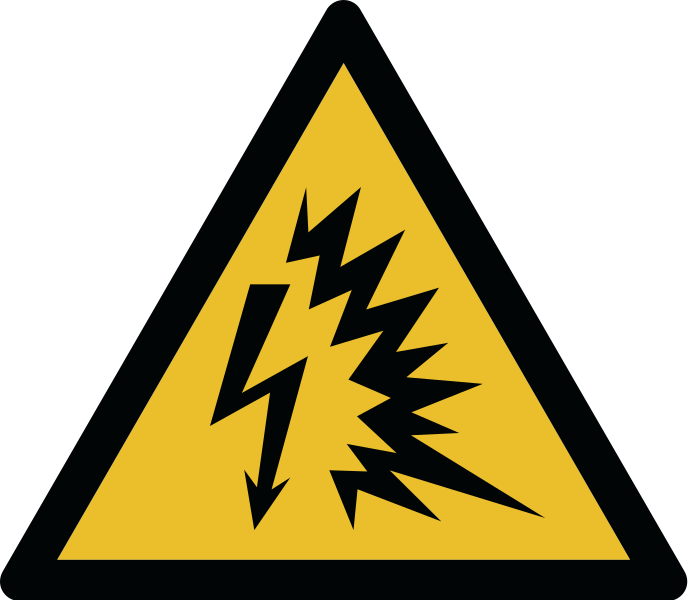What is OSHA?
OSHA, or the Occupational Safety and Health Administration, is part of the United States Department of Labor, and it was created by Congress with the Occupational Safety and Health Act of 1970. The aim of this organization is to ensure safe and healthy working conditions for workers, by setting and enforcing standards and by providing training, outreach, education, and assistance.
What is NFPA 70E?
What are the Current Guidelines for Arc Flash?
Since the 2012 edition of NFPA 70E, OSHA has been citing and fining employers for failure to protect employees from the dangers of arc flash. Employers are instructed to conduct an arc flash analysis to determine the amount of thermal energy that could be generated in an arc flash incident. The information is then used to define a flash protection boundary around the potential source. It is also used to determine the level of arc-rated apparel, and other personal protection equipment, required when employees cross the boundary while they work on or near exposed live parts.
In addition, the NFPA 70, which is different than NFPA 70E, added a requirement in 2002 mandating that potential arc flash hazards be labeled. The requirement, covered under Article 110.16, has been updated and expanded. These requirements from the NEC have been included in the NFPA 70E since 2012 to streamline industry best-practices.
Part 2 of 2.

